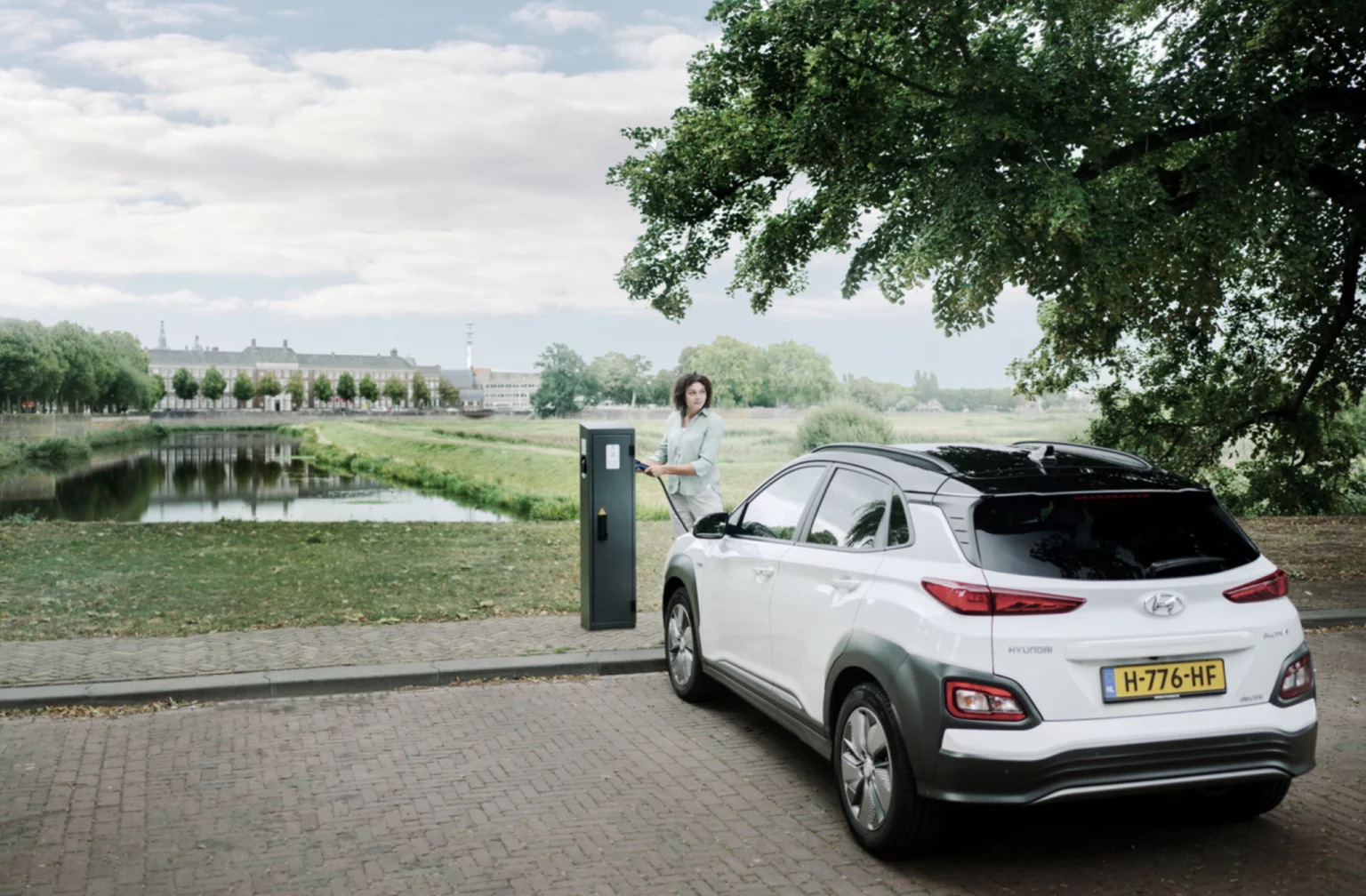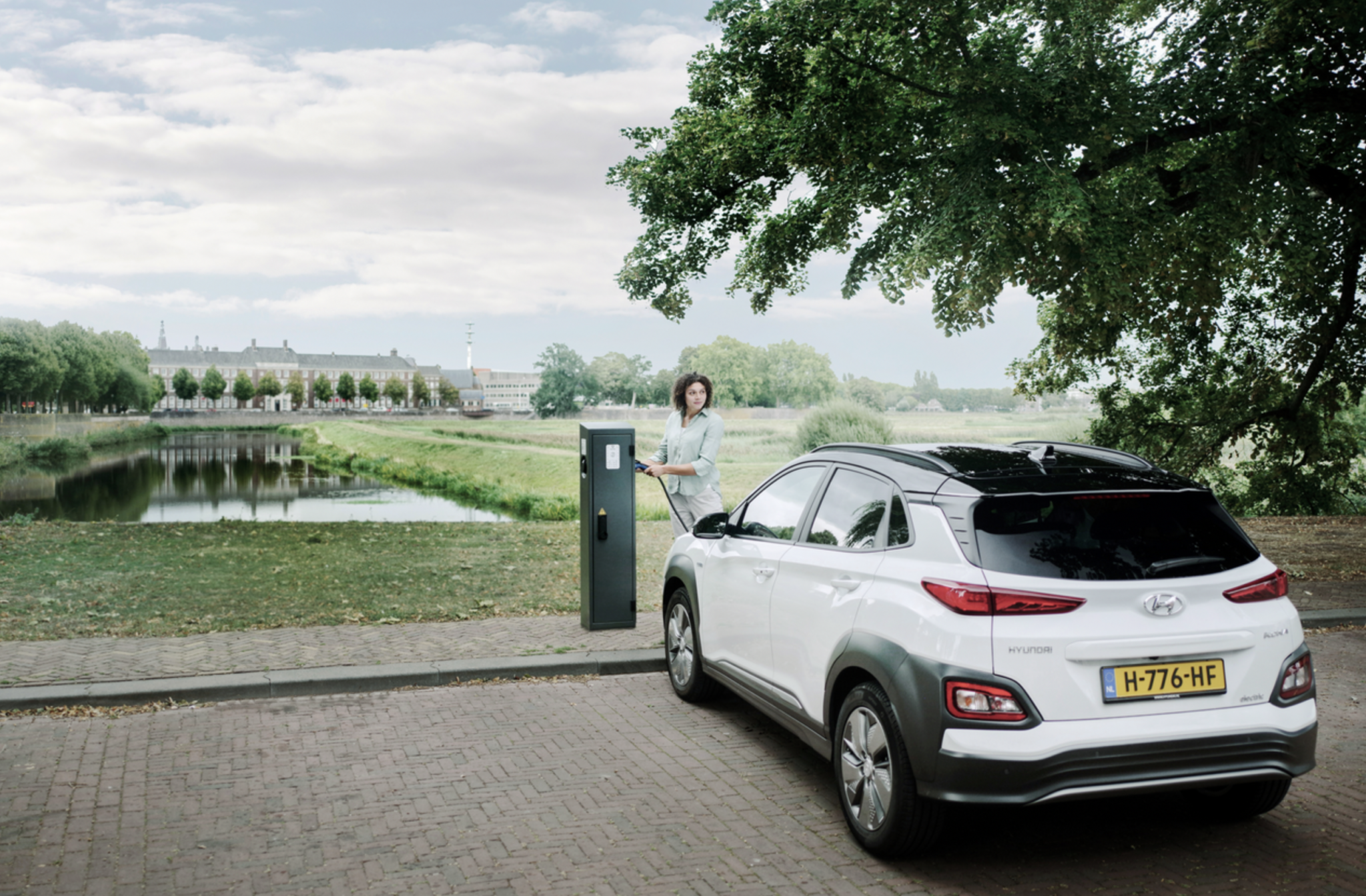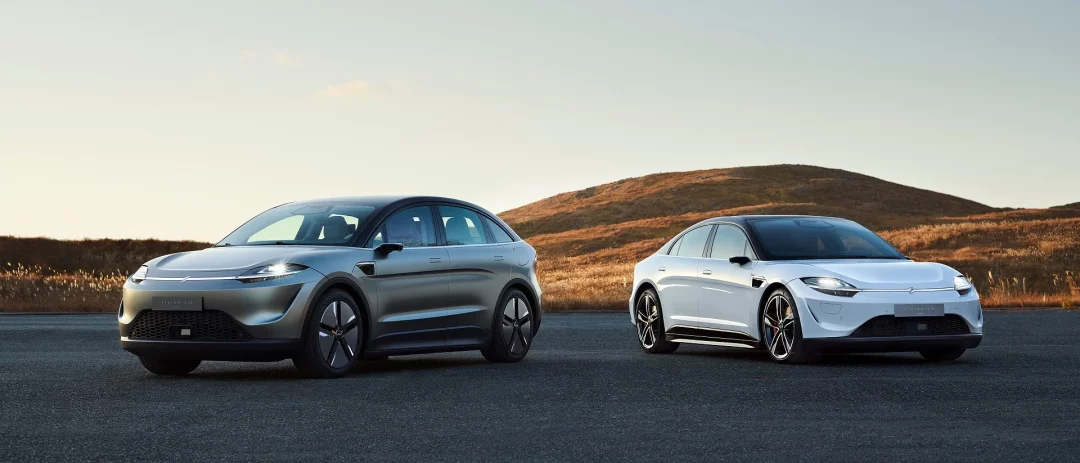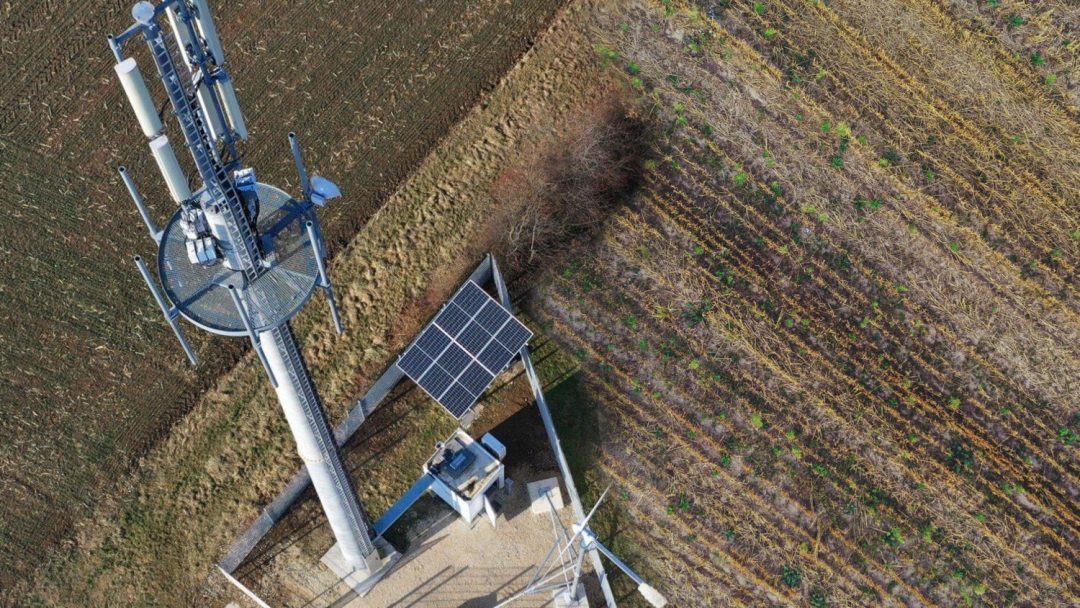Vattenfall Wants Offshore Wind Turbines and EVs to ‘Talk’ to Avoid Grid Congestion
European energy company, Vattenfall, wants offshore wind turbines and electric vehicles to communicate with each other to avoid grid congestion.

European energy company, Vattenfall, wants wind turbines and electric vehicles to communicate with each other about available wind power and EV charging demand in order to avoid electric grid congestion.
The rapid growth of electrified transportation is threatening to overload the electricity grid due to the strain they can put on the grid during times of high electricity demand. Vatenfall believes this can be avoided through smarter matching of energy supply and demand. To achieve this, the , company aims to launch a ‘smart charging’ pilot project using wind power from the Hollandse Kust West wind farm due to be commissioned in 2026. The wind farm, distributed across two areas on the west coast of the Netherlands, are eatch expected to generate a minimum 700MW of electricity.
Offshore Wind and EVs – Let’s ‘Talk’ About Smart charging
In order for the smart charging solution to work, there must be a match between supply and demand for clean energy. Presently, EV charging is mostly uncontrolled, meaning an electric vehicle is plugged into a charging station and immediately charges using the available power from the charger once it is connected.
Smart charging, however, will allow the timing and speed at which electric vehicles charge to be controlled. The concept is for the car to communicate directly with the charging station to declare how much energy it needs and when.
By enhancing this communication between the EV and the charging station, Vattenfall wants to ensure that the capacity of the electricity grid is matched to the charging demand of the vehicle and other cars connected to EV charging stations. This also eliminates the need to use a charging card for communication between the vehicle and the charging station. The charging card function is integrated into the car as a kind of digital ‘handshake’ that sends information to the charging station.
Innovation trial with Hollandse West Kust wind farm
The next step in smart charging is to take the supply of wind power into account. A large scale innovation trial for smart charging with 200 to 400 existing charging stations is part of Vattenfall’s bid for the Hollandse Kust West (HKW) offshore wind farm tender. The charging stations will be modified according to the innovative charging station communication standard (ISO 15118), which allows cars to be controlled by charging stations – accounting for how much energy is being generated by HKW when EVs need to be charged.
When there is a large supply of energy from the wind farm, cars can be charged faster. When there is less wind, EV charging output will be spread out over the course of the day. The control algorithm can also ensure charging mainly takes place when the market price is favorable, thereby making operating an EV more cost-effective.
The proposed solution intended to ensure a solid grid balance while being able to serve the needs of EV drivers.
Source: Innovation Origins
Subscribe to Our Weekly Newsletter
Enter your email to get the best of Clean Earth Energy straight to your inbox.
We will never spam you or share your email address with anyone!










